Understanding HME Filter in Mechanical Ventilation
A heat and moisture exchanger filter (HMEF) combines passive humidification with microbial filtration for mechanically ventilated patients. Acting like an artificial nose, it captures moisture and heat from exhaled air and returns it during inspiration—while also filtering bacteria and viruses This makes the HME filter importance ventilation especially valuable in situations without active humidifiers, during transport, anesthesia, or short-term ventilation.
Key Benefits of HME Filters
1. Passive Humidification & Mucosal Protection
By preserving humidity (~30 mg H₂O/L or more), HMEs prevent airway drying, mucus plugging, and endotracheal tube occlusion—critical for maintaining mucociliary function and reducing respiratory complications
2. Infection Control
Many HMEFs include electrostatic or pleated microbial filters with ≥99.9% efficiency. They help prevent cross-contamination between ventilator circuits and patient lungs, crucial in ventilator-associated pneumonia (VAP) prevention
3. Operational Simplicity & Cost Efficiency
Compared to heated humidifiers (HH), HMEs require no water or power, avoid condensate buildup, and reduce nursing workload. Circuits stay closed, minimizing disconnections and maintenance
Risks & Limitations to Consider
1. Added Dead Space & Increased CO₂
HMEs introduce extra dead space—typically 30–80 mL. In low tidal volume ventilation (e.g., neonates or ARDS patients), this can impair alveolar ventilation and raise PaCO₂ levels unless the ventilator compensates
2. Increased Airflow Resistance & Workload
Resistance increases over time, especially if the HME becomes saturated with moisture or secretions. This may increase required inspiratory pressure, work of breathing, or even cause dynamic hyperinflation
3. Blockage Risk Over Time
Over 24–72 hours, HMEs may become clogged with secretions or condensate, leading to high peak airway pressures, hypoventilation, hypercapnia, or airway obstruction. Positioning (higher level, vertical) and vigilant monitoring are essential
4. Limited Benefit Beyond ~48‑72 Hours
Evidence suggests that for long-term ventilation (>5–7 days), the advantage of HMEs in reducing VAP or airway occlusion diminishes compared to HHs
⚖️ Clinical Application Scenarios
| Scenario | Use of HME Filter Recommended? | Rationale |
|---|---|---|
| Short-term ventilation or transport | Yes | No active humidifier available; simplicity and portability |
| Operating room anesthesia | Yes | Avoid condensate; circuit remains closed and efficient |
| ICU ventilation > 72 hours | Use cautiously | Monitor for occlusion; consider switching to heated humidification |
| Pediatric or neonatal low VT | No or use neonatal format | Dead space must be minimized; low‑resistance, small-volume devices needed |
Evidence on Outcomes & Research Findings
-
Meta-analyses show no consistent difference between HME and HH in rates of VAP, mortality, or airway occlusion; results vary based on patient population and device type
-
In prolonged mechanical ventilation, HMEs may offer slight advantage in airway occlusion risk reduction when pneumonia is highly prevalent
-
A clinical trial comparing two HME types found one filter reduced microbial contamination on machine surfaces significantly over 48 hours, highlighting variation in filter efficiency across models
Practical Tips for Safe Use
-
Choose size‑appropriate HMEs/HMEFs—neonatal or pediatric versions with minimal dead space for small patients.
-
Replace frequently—typically every 24–72 hours or earlier if resistance rises.
-
Position vertically and above lung level to prevent liquid pooling or obstruction
-
Monitor ventilator parameters—especially airway pressures, tidal volumes, EtCO₂/PaCO₂, and capnography waveforms.
-
Be cautious in hypercapnic patients or ARDS—dead space effects can worsen gas exchange unless compensated appropriately.
Conclusion
The HME filter provides both humidification and filtration in mechanical ventilation, making it invaluable in many short-term, transport, or field situations. Heat and moisture exchanger filter usage ensures mucosal protection and lowers contamination risk—even without powered humidifiers. However, the HMEF’s dead space and resistance may challenge ventilation in low tidal volume or prolonged cases, requiring careful monitoring and timely replacement. Choosing the right size‑specific device, tracking airway pressures, and switching to heated humidification when needed ensures both safety and effectiveness.
Read this: https://thehealthwale.com/



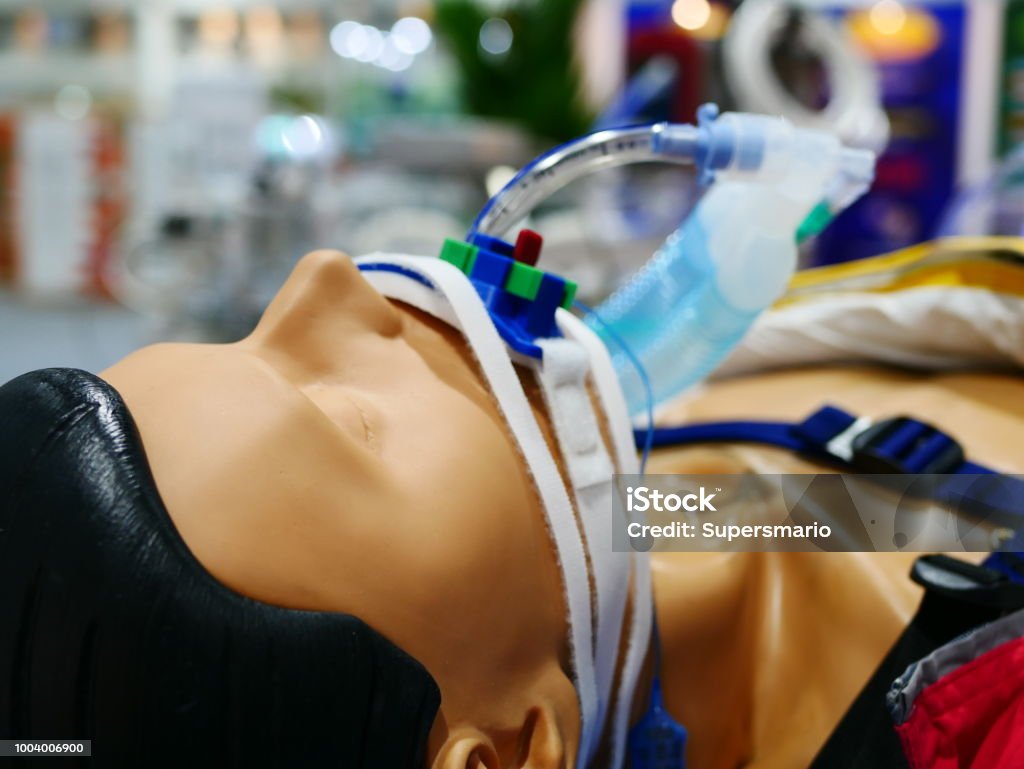
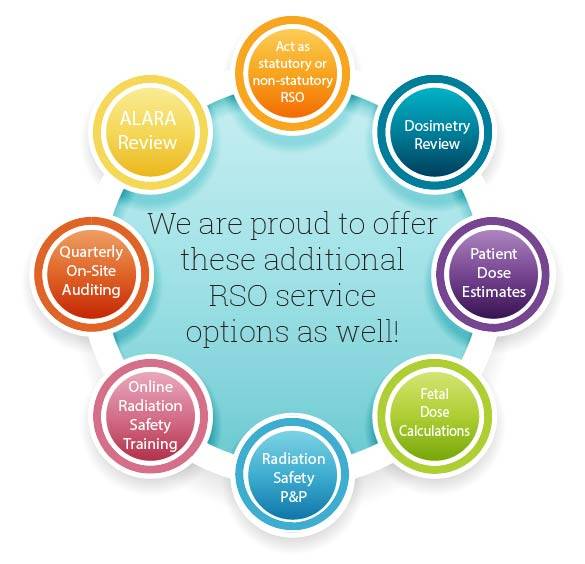

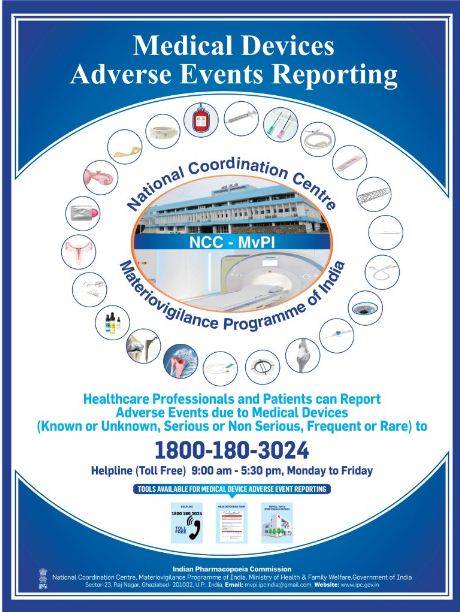
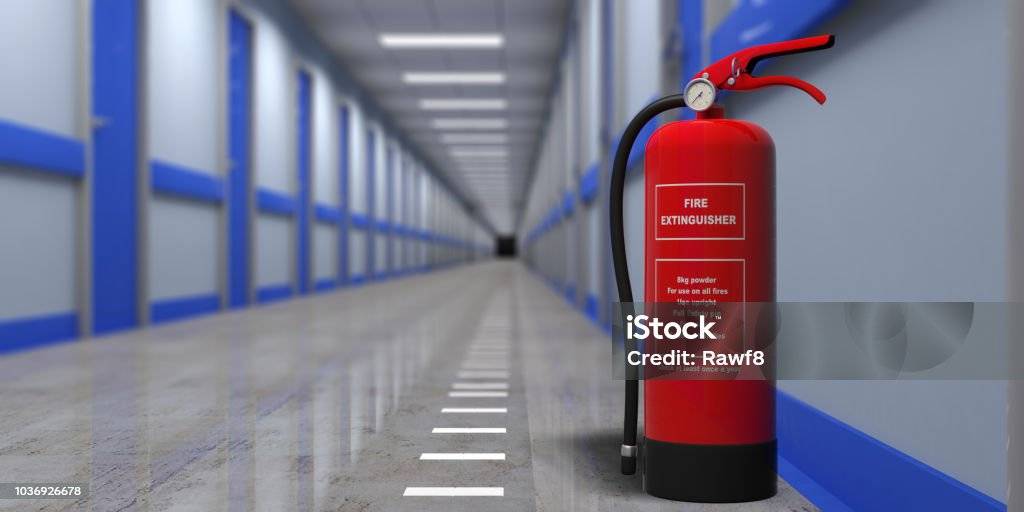
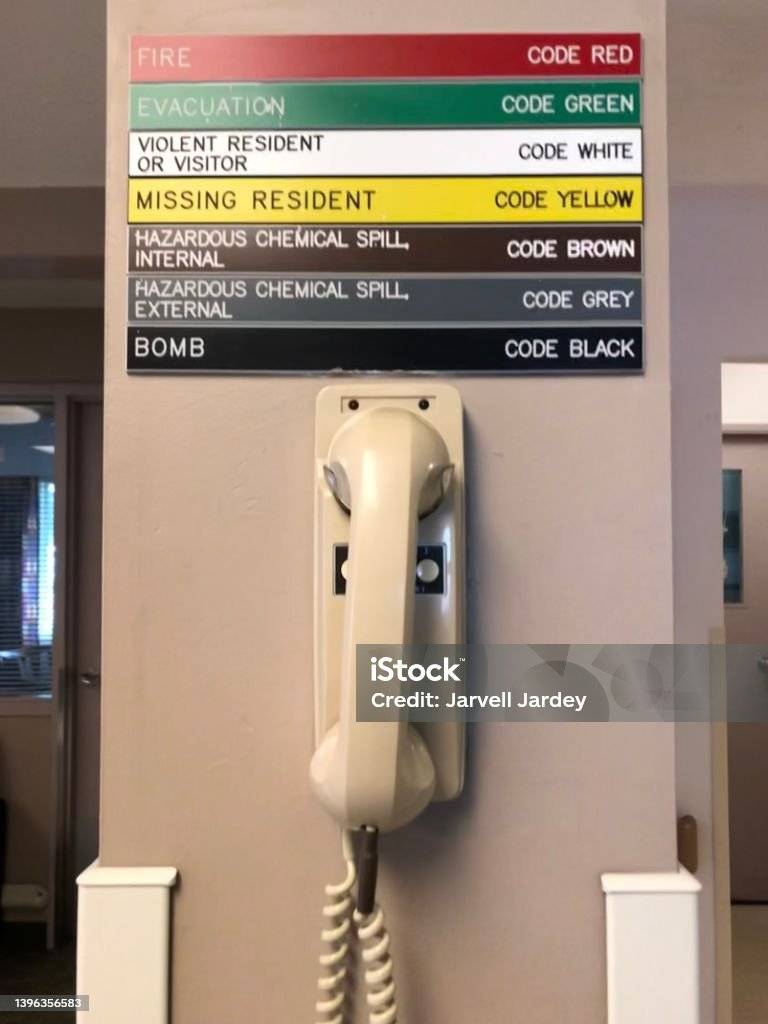


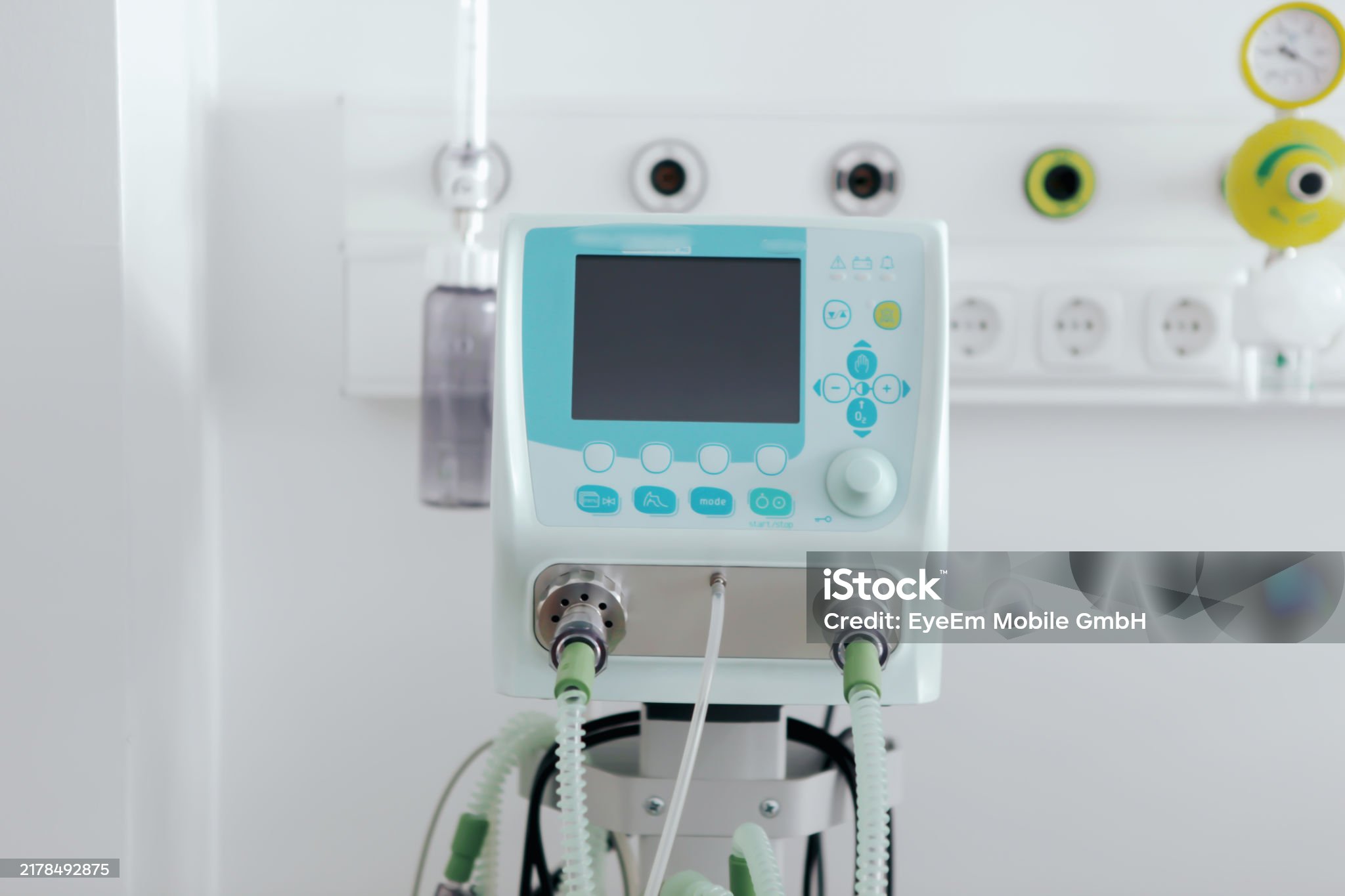
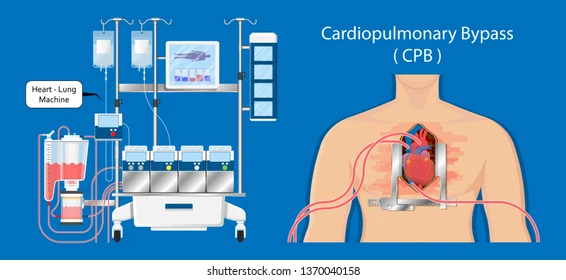
Leave a Reply